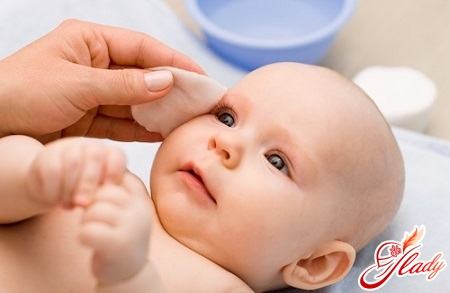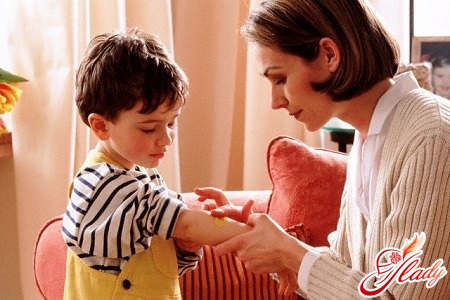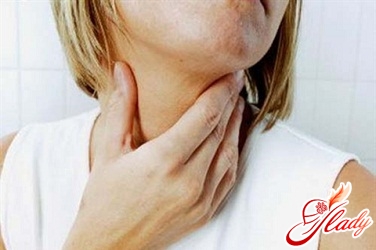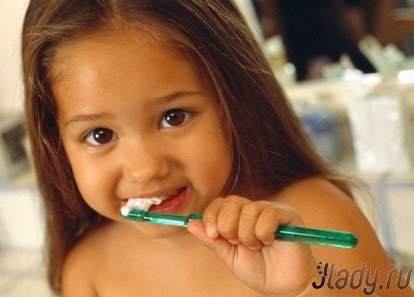 The long-awaited months of waiting are behind usthe birth of your baby. During the first moments of your newborn's life, you have already experienced more than one sleepless night, often caused by "mythical" colic. A new stage lies ahead of you - teething. Starting from the age of 3 months, pediatricians attribute the appearance of drooling, runny nose, fever, as well as a bad mood in babies to teeth. Unfortunately, not all expectant mothers know that baby and permanent teeth begin to form in a child long before birth. For example, the oral cavity begins to form as early as the third week of pregnancy, when you often do not even suspect that you have a baby. The rudiments of baby teeth are formed in the 7th week, and the first permanent teeth - in the fifth month of pregnancy. Most often, expectant mothers do not even suspect that everything that happens to them during pregnancy (toxicosis, various diseases, as well as a lack of vitamins) will inevitably affect the teeth of their babies in the future.
The long-awaited months of waiting are behind usthe birth of your baby. During the first moments of your newborn's life, you have already experienced more than one sleepless night, often caused by "mythical" colic. A new stage lies ahead of you - teething. Starting from the age of 3 months, pediatricians attribute the appearance of drooling, runny nose, fever, as well as a bad mood in babies to teeth. Unfortunately, not all expectant mothers know that baby and permanent teeth begin to form in a child long before birth. For example, the oral cavity begins to form as early as the third week of pregnancy, when you often do not even suspect that you have a baby. The rudiments of baby teeth are formed in the 7th week, and the first permanent teeth - in the fifth month of pregnancy. Most often, expectant mothers do not even suspect that everything that happens to them during pregnancy (toxicosis, various diseases, as well as a lack of vitamins) will inevitably affect the teeth of their babies in the future.
The teeth are torn - how to help the baby?
Teething - how to help your baby?Teething causes many complaints, tears and sleepless nights. When teething, the gums turn red and swell, a swollen white tubercle appears, and after a while the tooth itself, which causes itching and pain when moving inside the bone. These symptoms practically never stop bothering the baby until the tooth approaches the surface of the gum. Between the 5th and 7th months, salivation increases, which, as a rule, causes the baby a lot of unpleasant sensations. During this period, children become more capricious, irritable and restless, they experience sleep disturbances and loss of appetite. The child begins to drag toys and various objects into his mouth and vigorously gnaw and bite with swollen gums. Therefore, often due to the added infection, the child's condition worsens: diarrhea appears, the temperature rises, etc. Although many parents consider these signs to be normal during teething, they should not be ignored. Today, there are many different products available to help relieve the condition of babies, including gum gels that contain the anesthetic lidocaine.
Terms of teething
Milk teeth in children under one year old:
- in 6-7 months the lower central incisors begin to erupt
- in 8-9 months - upper central incisors
- in 10 months - upper lateral incisors
- in 12 months - lower lateral incisors
Milk teeth in children after one year:
- in 12-16 months - the first molars
- in 16-20 months - fangs
- in 20-30 months - the second molars
Permanent teeth in children:
- in 5-6 years - the first molars
- in 6-8 years - the central incisors
- in 8-9 years - lateral incisors
- in 9-10 years - the first premolars
- in 10-11 years - fangs
- in 11-12 years - the second premolars
- in 12-13 years the second molars
However, these terms are very conditional. Teething depends on many factors, and if your child is healthy, you should not worry about either too early teething or a delay.
Oral hygiene for children
As soon as the baby's first teeth have emerged,they are exposed to aggressive environmental influences. Microbes immediately begin to settle on the teeth, which contribute to the formation of plaque. Dental plaque, in turn, is a favorable environment for the reproduction of microbes and active production of acids. Under the influence of these acids, the enamel of baby teeth quickly and easily deteriorates, forming a carious cavity. This is why oral hygiene is so important for children from an early age. It is recommended to take care of the oral cavity even before the first teeth appear, carefully wiping the mucous membrane of the gums and cheeks with a damp hygienic napkin. Children's teeth (the first incisors to appear) should be brushed in the same way at first. And only in the second year of life can a brush and toothpaste containing fluoride be used to brush their teeth. However, children under 6 years of age tend to swallow the paste, so it is recommended to use children's toothpastes that contain a reduced fluoride content. Until this time, it is recommended to brush your teeth with a damp soft toothbrush without using paste. For a single brushing of teeth in children under 6 years of age, it is recommended to use a small amount of fluoride toothpaste, no larger than a pea.
Teeth in children: treatment and removal
Already in early childhood in children aged 2-3 yearshigh intensity of caries is detected. However, at this age, it is extremely difficult to provide effective medical care, so treatment often has to be carried out under anesthesia. Oral hygiene after tooth extraction: After a child's tooth is extracted, the doctor will definitely give you recommendations for the subsequent postoperative period, which, as a rule, are strictly individual. By accustoming your child from early childhood to regular and proper oral hygiene, you will thereby help him keep his teeth beautiful and healthy.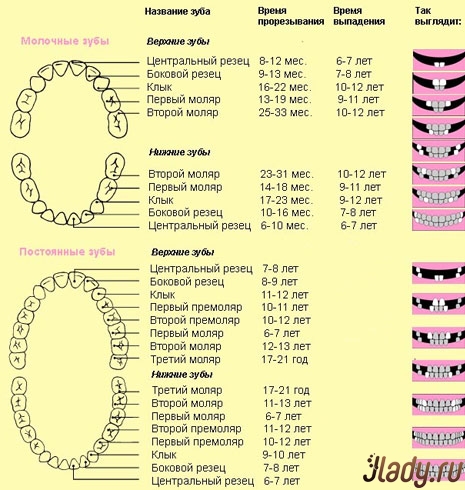 We recommend reading:
We recommend reading:




